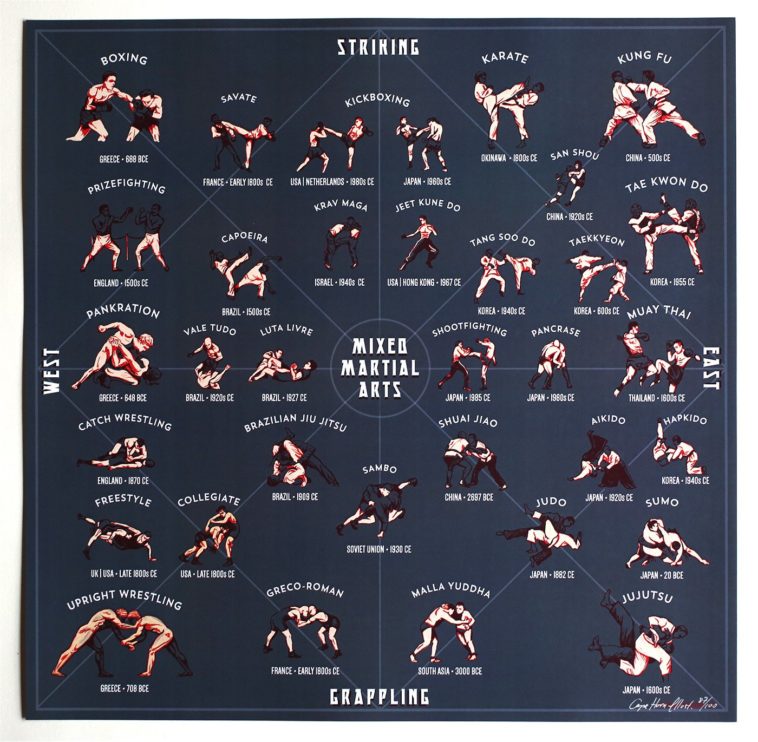Breaking Down Belt Degrees In Taekwondo: What You Need To Know
Breaking Down Belt Degrees In Taekwondo: What You Need To Know
Blog Article
Short Article By-Mcdowell Malone
Did you know that there are a total of 10 belt degrees in Taekwondo? From the beginner's white belt to the prestigious black belt, each level stands for a milestone in your trip to proficiency.
But what do these belt levels actually indicate? Just how do you advance with them?
In this conversation, we will certainly break down the belt levels in Taekwondo, discover their relevance, and uncover what it requires to climb through the rankings.
So, if you wonder to understand the ins and outs of Taekwondo's belt system and what it suggests for your training, remain tuned.
The Objective of Belt Levels
The objective of belt degrees in Taekwondo is to offer a clear and structured progression system for you to track your development and ability degree. As you begin your Taekwondo journey, you start with a white belt, signifying your beginner condition. With each belt promotion, you acquire brand-new knowledge, techniques, and obligations.
The belt levels act as turning points, mirroring your commitment, dedication, and growth in the martial art. They supply a sense of accomplishment and inspiration to keep pushing on your own to boost. Furthermore, https://martial-arts-kids-arnis44322.blogdanica.com/33804042/checking-out-the-rich-heritage-and-spiritual-capacities-of-martial-arts assist instructors and peers review your abilities and provide suitable guidance and training.
Belt Color Styles and Their Definitions
As you progress through the belt levels in Taekwondo, each color stands for a details meaning and indicates your development in the fighting style.
The white belt, which is the beginning point for all novices, symbolizes pureness and innocence.
As you move on to the yellow belt, it indicates the planet from which a plant sprouts and settles.
The green belt stands for development and the development of your skills.
The blue belt indicates the skies, where your possibility as a Taekwondo practitioner is limitless.
https://spectrumlocalnews.com/nc/charlotte/news/2022/09/14/fighting-back stands for risk and care, reminding you to use your skills sensibly.
Lastly, the black belt represents proficiency and experience, signifying your journey towards ending up being a real Taekwondo master.
https://besttypeofmartialartsfort33210.newbigblog.com/40026479/encouraging-personal-protection-the-art-of-self-defense-reflexes-and-recognition-improvement-via-training holds its very own special meaning, showing your progress and commitment in this old fighting style.
Progressing Via the Belt Degrees
To advance via the belt degrees in Taekwondo, you need to continually demonstrate your abilities and commitment. Here's what you need to learn about advancing in this fighting style:
1. ** Method Makes Perfect **: Normal training sessions are vital to enhance your technique and master the needed forms. Rep develops your abilities, enabling you to perform with precision and rate.
2. ** Pushing Your Limitations **: Progressing with the belt levels needs pushing yourself beyond your convenience area. relevant website 'll be tested literally and mentally, but it's with these obstacles that you expand and enhance.
3. ** Evaluating Your Knowledge **: Belt checks evaluate your understanding of Taekwondo concepts, consisting of sparring, protection, and breaking strategies. These tests guarantee you have a thorough grasp of the art and prepare to progress to the following degree.
Final thought
As you start your journey through the belt levels in Taekwondo, remember that each color holds a much deeper definition past its surface look.
Much like the vivid shades of the belts, your progress stands for growth, discipline, and perseverance.
As you advance, each belt ends up being a sign of your dedication and proficiency of the art.
Welcome the obstacle, push your restrictions, and allow the meaning of your belt degrees motivate you to end up being the very best version of on your own both on and off the mat.
